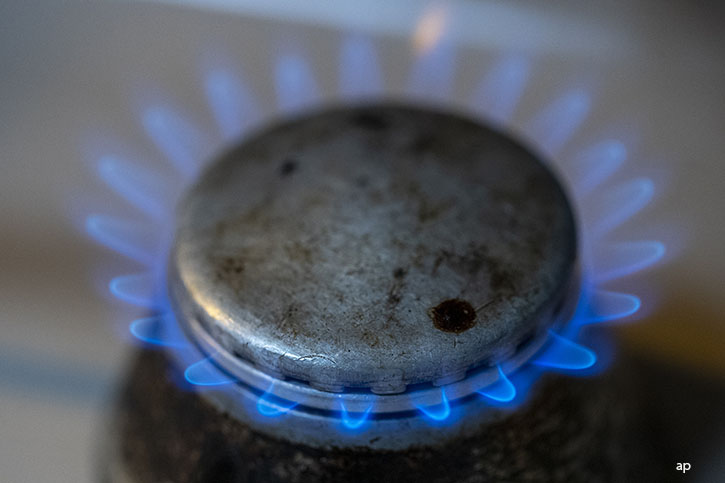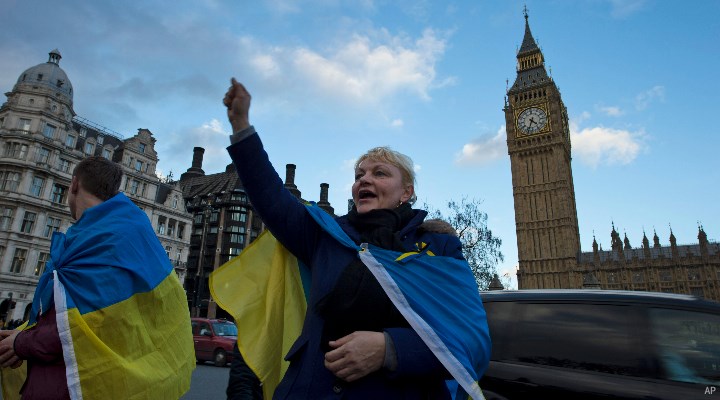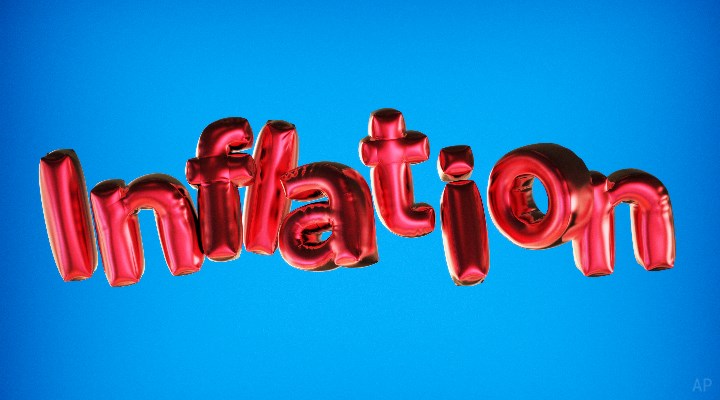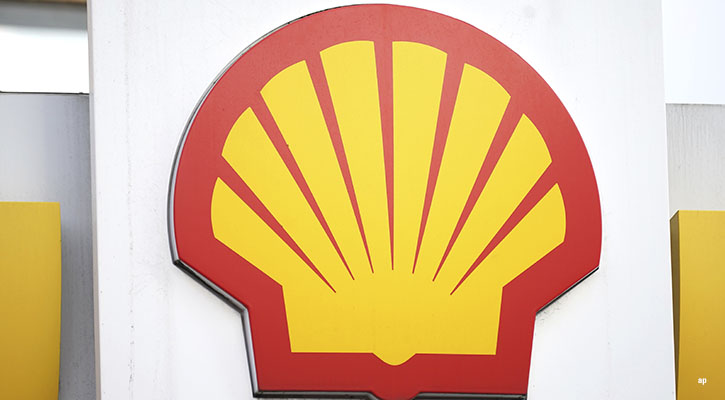
As events in the Russia-Ukraine conflict continue to progress, investors and other European stakeholders are now wondering if it is feasible to end Europe’s reliance on Russian gas. To be clear, we see this as a highly unlikely scenario, but looking at how Europe may accomplish such a massive task has important insights for investors. In 2021, Russia made up about 45% of Europe’s gas imports and 40% of its overall gas consumption, with many countries nearly completely reliant on Russian gas. Total 2021 consumption of Russian gas by Europe was about 155 billion cubic meters (bcm).
The International Energy Agency (IEA) recently released a 10-point plan to reduce Europe’s reliance on Russian supply, and we see some of its proposals as realistic, while others are not. Bluntly, it looks like the best near-term options are liquefied natural gas (LNG) and gas-to-coal switching, resulting in large financial (about €200 billion) and emissions-related costs to European consumers while other options would require years of investment to play out.
Looking to LNG
The largest and most important component of the plan is an increased reliance on liquefied natural gas (LNG), which we see as primarily US-based. We see this as realistic as it is a major supply source that can respond relatively quickly with a re-routing of global flows to meet demand. The IEA suggests about 30 bcm of incremental supply, but Norwegian research firm Rystad puts estimates higher at 70 bcm, anywhere from 19% to 45% of Russian supply. As a result of the higher European demand for LNG, we expect the enormous LNG marketing spreads to generate an expected $1.7 billion to $1.8 billion in excess profits for US LNG firm Cheniere (LNG) this year. The large influx of near-term cash flows has shifted our fair value estimates upward for Cheniere Energy to $118 per share and Cheniere Energy Partners to $50 per unit from $104 per share and $44 per unit, respectively.
The Nord Stream 2 pipeline's halted certification removes about 40 billion cubic meters of supply that could have been online in 2023, complicating matters. However, with gas prices seemingly pricing in a gas supply disruption, we note that disruption of Russian gas moving via Ukraine for two weeks would only impact about 2 bcm, an amount easily covered by other sources.
Storage Issues
The next most realistic proposal is increasing the amount of gas in European storage to provide a larger buffer for winter drawdowns. The IEA suggests 90% of capacity by October 1, while a European Commission proposal is at 80% compared with 29% currently. While Gazprom controls an estimated one third of gas storage in Europe, so it would likely involve the use of Russian gas, the plans are considering imposing new taxes on energy providers and using the revenue to accelerate investments in renewable energy capacity.
The remainder of the IEA proposals look more challenging, in our view. About 15 bcm of Gazprom gas import contracts with the EU expire at the end of 2022. While the IEA seems to think that this supply could be replaced with an alternative source, we still think the best source is probably LNG. The IEA also calls for an acceleration in investment in wind, solar, bioenergy, and nuclear, as well as efficiency improvements by replacing gas boilers, asking consumers to conserve, and improving buildings’ energy footprint.
Part of the challenge with these proposals is the expected reduction for each is fairly small, between 2 bcm to 13 bcm annually, meaning we’d need multiple proposals to be successful to even come close to the materiality of the LNG supply. Other challenges include the fact that some countries like Germany are phasing out nuclear. Increasing the use of renewables without resolving the battery storage issue to address the intermittent nature of renewable supply would seem to invite more re-occurrences of what drove the initial challenges in 2021 from low wind speed.
Is King Coal Coming Back?
In fact, we think the most likely option beyond LNG is a shift back to coal-fired generation. The IEA estimates about 22 bcm (14% of Russian supply) could be obtained at the cost of higher greenhouse gas emissions. The cost of using more coal, as well as LNG, is likely to be painful for European consumers, as the higher costs are passed directly onto them, requiring governments to evaluate whether they can provide some kind of financial support (the IEA estimates about €200 billion is needed).





























